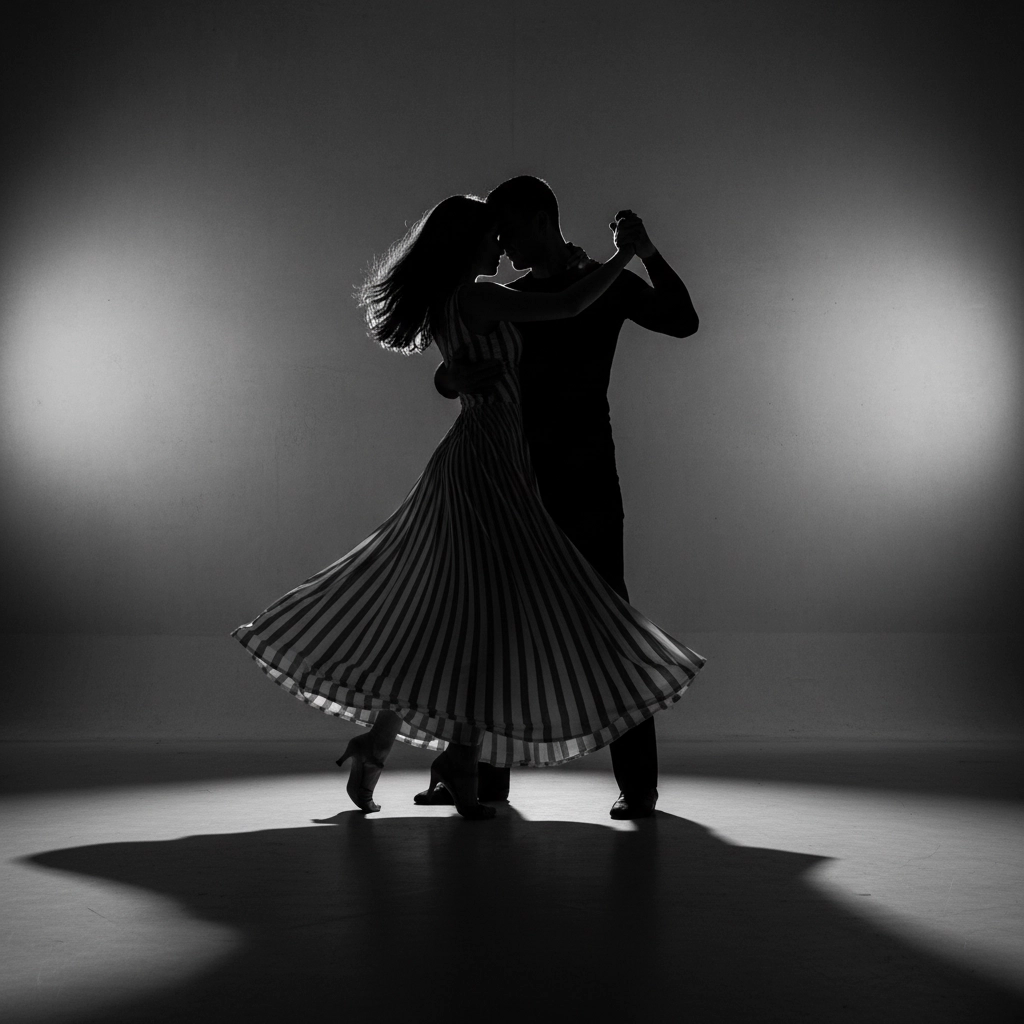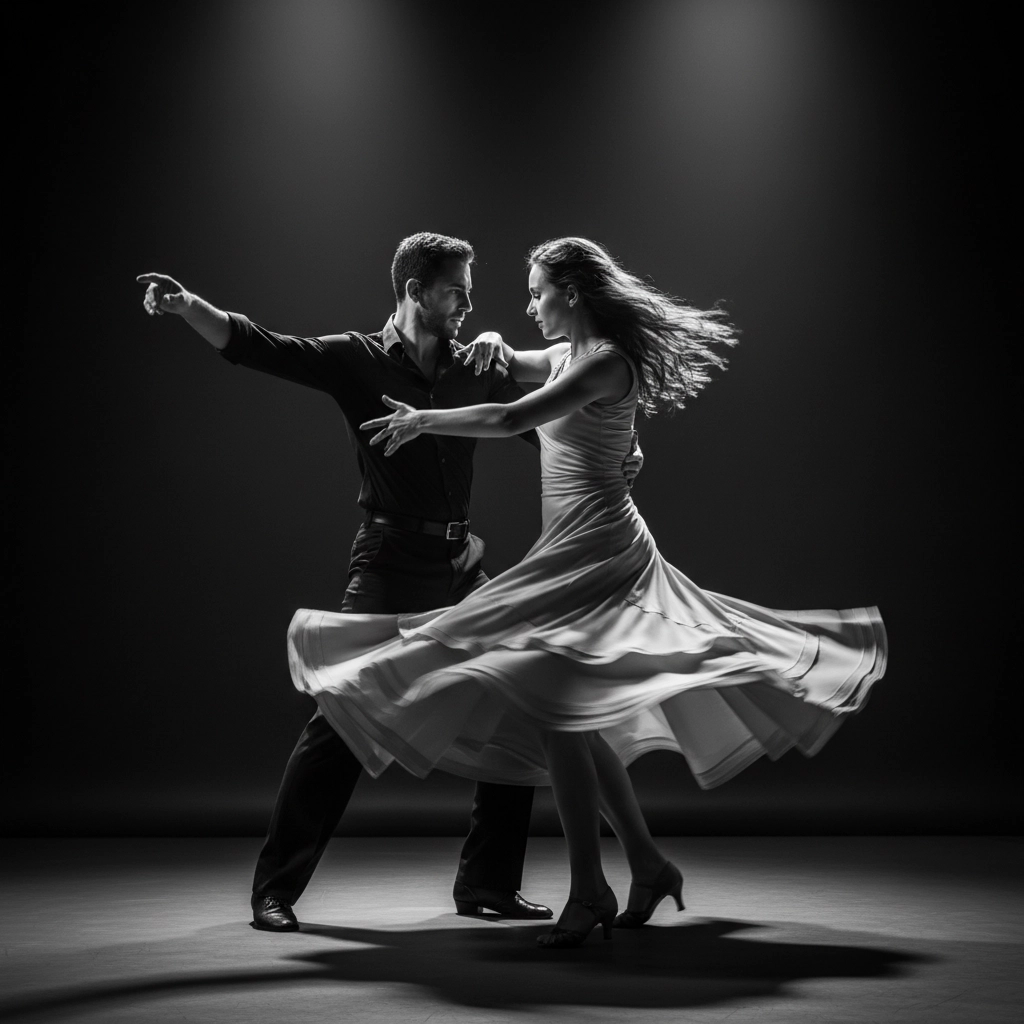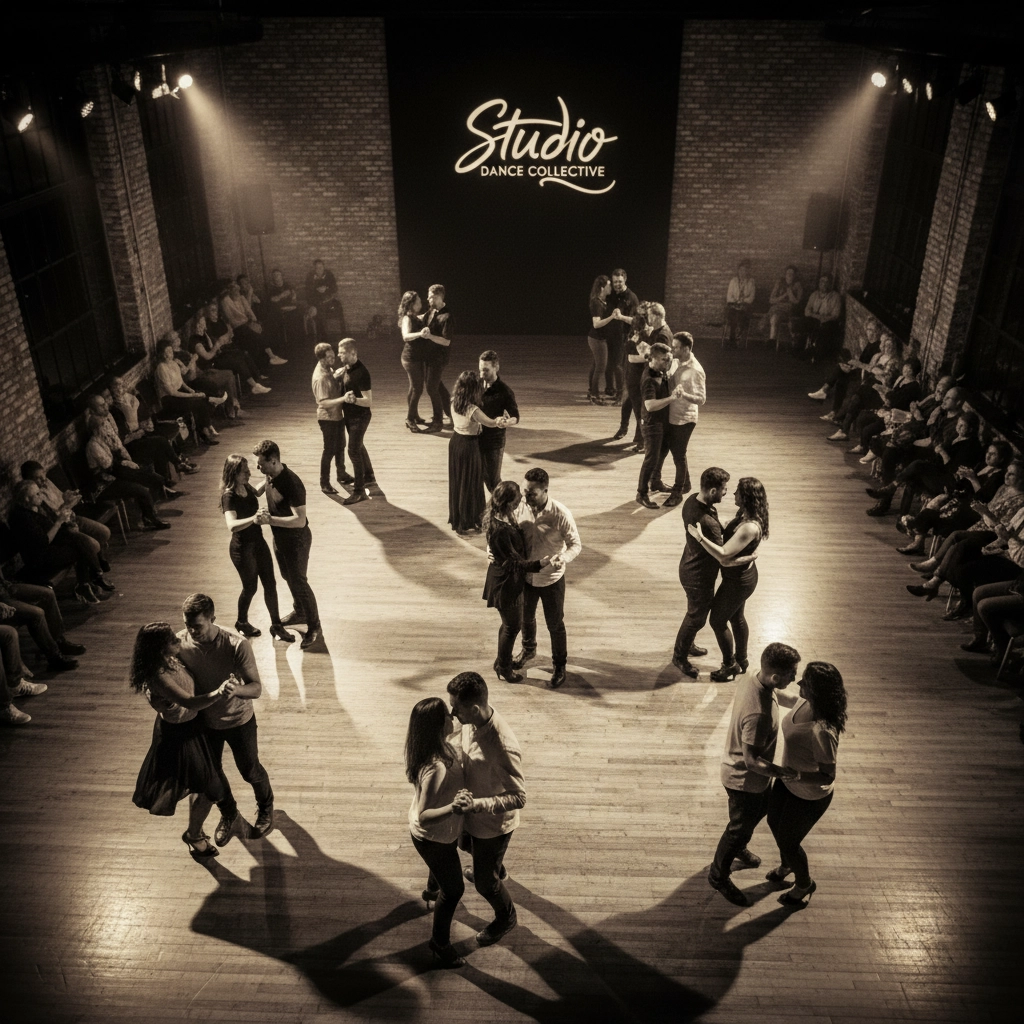Salsa vs Bachata: Which Should You Learn First as a Beginner Dancer?
- Joel N. Alvarez
- Sep 13
- 5 min read
Updated: Sep 23
Salsa vs Bachata: Which Should You Learn First as a Beginner Dancer?
So you're ready to dive into the world of Latin dancing, amazing! But now you're facing the classic beginner's dilemma: should you start with salsa or bachata? It's like choosing between chocolate and vanilla ice cream, except both will get your heart pumping and put a huge smile on your face.
Here's the straight answer: bachata is generally the better choice for absolute beginners. But before you make your final decision, let's break down everything you need to know about both dances so you can choose what feels right for you.
Why Bachata Wins for Most Beginners
Let's start with bachata, the dance that's basically designed to make beginners feel successful from day one. Picture this: you walk into your first class, the music starts, and instead of feeling completely lost, you're actually following along and feeling the rhythm. That's the bachata magic.
The Learning Curve is Your Friend
Bachata moves at a comfortable 108-152 beats per minute, which means you actually have time to think about your next step. Compare that to salsa's lightning-fast 160-220 BPM, and you can see why your brain will thank you for starting with bachata. The music has a steady, predictable beat that's easy to count, no musical interpretation degree required!
The basic step pattern is beautifully simple: step side, step together, step side, tap (or step with a hip pop). That's it. You're not trying to master complex turn patterns while simultaneously figuring out which foot goes where. At Motion On 2, we see new students pick up the bachata basics in their very first class and leave feeling confident enough to hit the social dance floor.

The Close Connection Advantage
Here's something interesting about bachata that makes it perfect for beginners: you dance close to your partner. While that might sound intimidating, it actually helps! When you're connected, you can feel your partner's movements and get instant feedback about timing and direction. It's like having built-in training wheels.
The dance style is more circular and flowing, with less spinning than salsa. When turns do happen, they're slower and more controlled, giving you plenty of time to complete them without getting dizzy or losing your balance.
But It's Not All Easy Street
Let's be real, bachata does have its challenges. As you advance, the dance demands serious body control and connection skills. Those smooth hip movements and body rolls that look so effortless? They take practice to master. Plus, the sensual nature of bachata isn't everyone's cup of tea, especially if you're more drawn to high-energy, playful dancing.
Salsa: The High-Energy Challenge
Now let's talk about salsa, the dance that basically invented the phrase "Latin fire." If bachata is like learning to drive in a parking lot, salsa is like jumping straight onto the freeway during rush hour. Exciting? Absolutely. Beginner-friendly? Well, that depends on your personality.
The Energy is Infectious
There's nothing quite like the atmosphere at a salsa social. The music hits, couples fill the floor, and the energy is absolutely electric. Salsa is performed with partners dancing further apart, allowing for individual expression and those spectacular spins and turns you see in movies.
The dance is athletic and demands quick footwork, sharp turns, and precise timing. When you nail a complex turn pattern, the feeling is incredible. Our instructors at Motion On 2 love seeing that "aha!" moment when a student finally gets their first smooth cross-body lead or follows a complicated sequence flawlessly.

The Reality Check
But here's where salsa can be tough for beginners: the music is complex. There's no single instrument to rely on for keeping time, and even experienced musicians can spend months learning to properly hear salsa rhythm. The fast pace means you need to make split-second decisions, and there's less room for error.
The footwork is intricate from the start, with quick steps that require coordination and muscle memory. Many beginners find themselves overwhelmed trying to keep up with the speed while also processing lead/follow signals and staying on rhythm.
The Social Scene Payoff
Here's salsa's biggest advantage: the social scene is massive. Salsa nights are everywhere, and the community is incredibly welcoming. Once you get comfortable with the basics, you'll have endless opportunities to dance and improve. The high-energy atmosphere makes every social event feel like a celebration.
The Head-to-Head Comparison
Let's break it down with some real talk about how these dances stack up:
Aspect | Bachata | Salsa |
Speed | 108-152 BPM (you can think!) | 160-220 BPM (hang on tight!) |
Learning Curve | Gentle slope upward | Steep mountain at first |
Basic Steps | Side-to-side, simple | Quick, complex patterns |
Music | Steady beat, easy to count | Complex rhythm, tricky to find |
Partner Connection | Close and connected | More independent space |
Movement Style | Circular, flowing | Linear, sharp and precise |
Vibe | Romantic and sensual | Energetic and playful |
Social Opportunities | Growing rapidly | Huge established scene |

So What's the Right Choice for You?
Go with Bachata First If:
You're completely new to partner dancing
You prefer taking things slow and steady
You love romantic, soulful music
You want to focus on connection and technique before speed
Fast-paced activities make you feel anxious
You're drawn to smooth, sensual movement
Jump into Salsa If:
You have some dance or music background
You thrive on high-energy challenges
You love upbeat, party-style music
You don't mind a steeper learning curve
You want to dive headfirst into the social scene
You're naturally coordinated and quick on your feet
The Best of Both Worlds Approach
Here's what we recommend to most students at Motion On 2: start with bachata to build your foundation, then add salsa once you're comfortable with basic partner dancing concepts. This approach gives you the best of both worlds: you develop solid technique and confidence with bachata, then transfer those skills to the more challenging world of salsa.
Most Latin dance socials play both styles throughout the night, so knowing both means you'll never be sitting out songs. Plus, the skills complement each other beautifully. The connection and timing you develop in bachata will make your salsa smoother, while the quick thinking and agility from salsa will add flair to your bachata.

Your Next Steps
The most important thing? Just start dancing! Whether you choose salsa, bachata, or decide to learn both, the key is taking that first step onto the dance floor. At Motion On 2, we've created the perfect environment for beginners to thrive in both styles.
Our experienced instructors understand that every student learns differently, and we'll meet you exactly where you are. Our welcoming community makes it easy to practice with different partners and build confidence in a supportive setting. We see students go from nervous beginners to confident social dancers all the time: it's honestly our favorite part of what we do.
Don't overthink it too much. Both salsa and bachata will teach you amazing skills, introduce you to incredible people, and add so much joy to your life. The "wrong" choice doesn't exist: only the choice that gets you started sooner rather than later.
Ready to find out which dance calls to you? Come check out a class at Motion On 2 and experience both styles firsthand. Our beginner-friendly classes will have you moving and grooving in no time, and our community will welcome you with open arms.
Your dancing journey starts with a single step: and we can't wait to take it with you!

Comments